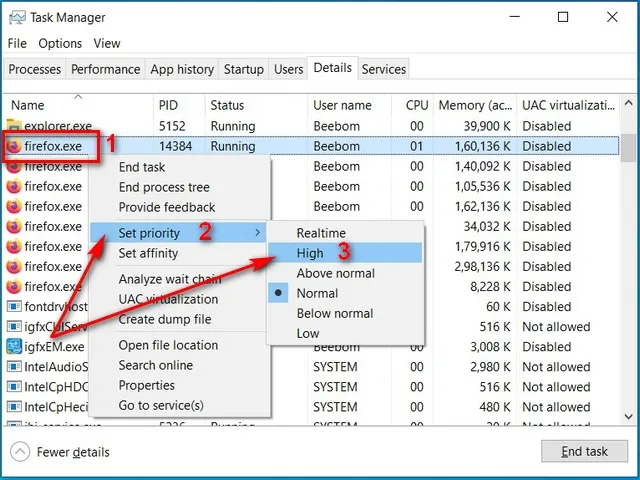Allocating more RAM to specific programs can significantly enhance their performance, especially for resource-intensive tasks like gaming, video editing, or running virtual machines. However, the method of allocating additional RAM to specific programs can vary based on the operating system and software used. Here’s a comprehensive guide on how to allocate more RAM to specific programs:
Check System Requirements
Before allocating more RAM, ensure that your system meets the recommended requirements for the program. Allocating excessive RAM won’t necessarily improve performance if other system components are not up to par.
Identify Resource-Hungry Programs
Determine which programs require more RAM for optimal performance. This might include games, video editing software, virtual machines, or complex design tools.
Check Program Settings
Some applications have settings that allow users to allocate more memory. Check the software’s settings or preferences to see if there are options to adjust memory allocation.
64-bit Operating System
Ensure you are running a 64-bit operating system. 32-bit systems have limitations on how much RAM they can utilize, restricting the effectiveness of allocating more memory to individual programs.
Use Task Manager (Windows)
For Windows users, open Task Manager by pressing Ctrl + Shift + Esc. Navigate to the “Processes” or “Details” tab, right-click on the program you want to allocate more RAM to, and select “Go to details” or “Properties.” In the Properties window, check the “Image” tab, and if available, select “Set priority” or “Set affinity” to allocate more resources.
Launch Commands (Windows)
Some programs allow you to allocate more RAM using command line arguments. Research the specific command line options for the program you’re using and execute them through the Command Prompt or by creating a shortcut with modified settings.
Edit Configuration Files
Certain applications have configuration files where you can manually adjust memory allocation. These files might be located in the installation directory or within user-specific folders. Edit these files cautiously as incorrect changes can cause issues.
Using Terminal (MacOS/Linux)
For MacOS and Linux users, the Terminal can be used to allocate more memory to specific programs using commands such as “ulimit” or by adjusting system parameters related to memory allocation.
Restart the Program
After applying changes, restart the program to ensure that the adjustments in memory allocation take effect. Monitor the program’s performance to confirm if the increased RAM allocation has made a difference.
Be Cautious and Monitor Performance
Allocate additional RAM cautiously as allocating too much memory to one program might impact the overall system performance. Monitor the system’s performance and adjust settings accordingly for the best balance.
Final Thought:
Allocating more RAM to specific programs can optimize their performance, but it’s crucial to approach this process carefully. Always refer to the program’s documentation or support resources for specific instructions on adjusting memory allocation. Finding the right balance of resources for different applications can significantly enhance your overall computing experience.
